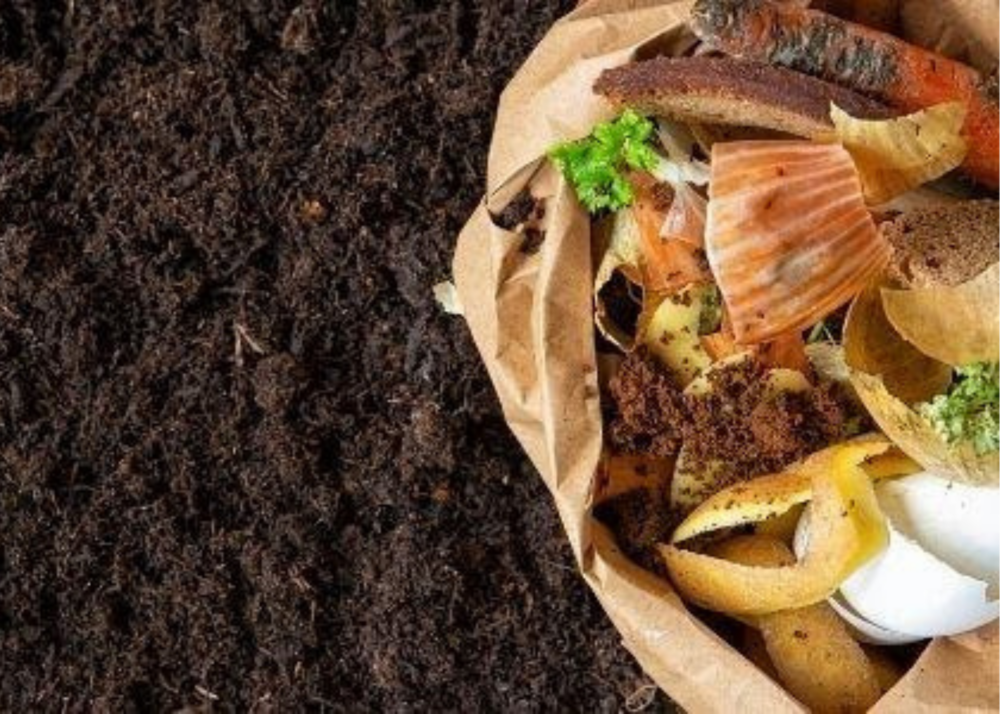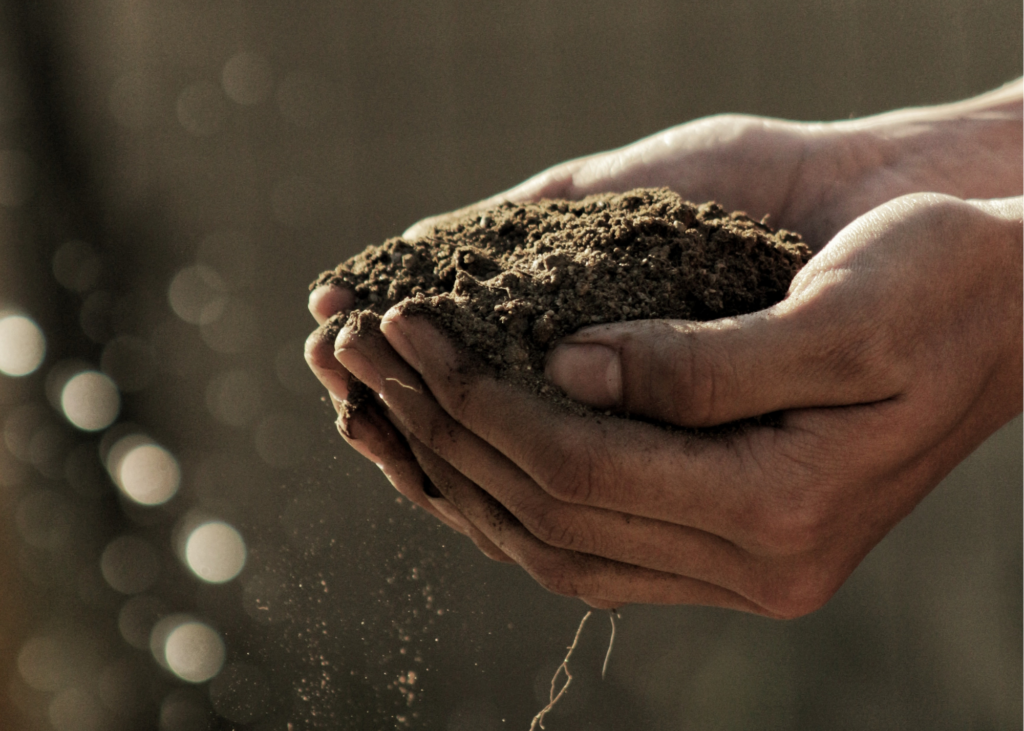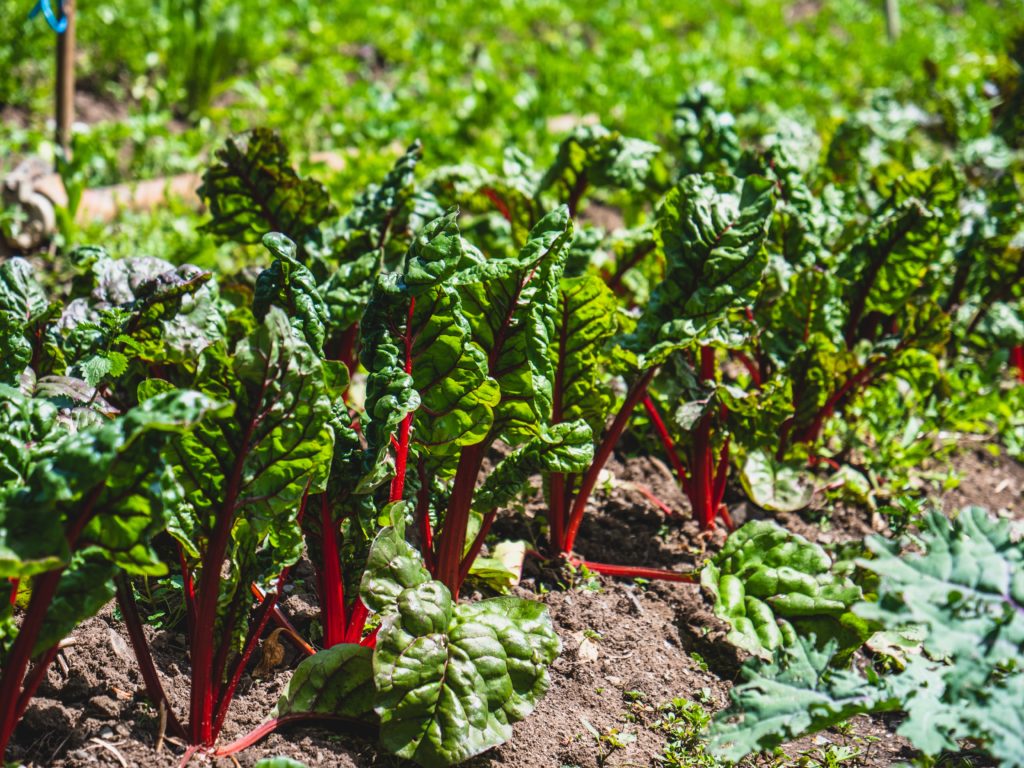
Are you curious about what inoculants do in composting? Learn the role of microorganisms in composting and the most common methods to apply them to crops.
Successfully and consistently growing the crops that fill our supermarkets and farmer’s stands is more work than most people realize. Besides the labor-intensive nature of farming, the soil itself needs special tending. Typically, farmers do this with composting, though they often need extra help. With so little widespread knowledge
on soil maintenance, it’s no wonder many people anxiously ask, “What are inoculants used for in composting?”

What Is an Inoculant?
Although the term is the same, inoculating compost does not have anything to do with medicating the soil or crops. Instead, inoculants refer to cultures of microbial soil fauna. The microscopic organisms are just about everywhere, and many play an important role in natural processes, namely, decomposition. Certain microbe species are good at producing nutrients that benefit plants after they break down detritus.
The Role of Microbes in Composting
As mentioned, bacterial colonies are everywhere, and many help the natural decomposition process. For organic material to return to the soil, something must break down the material naturally within a compost pile. Any and every region is rich with bacteria that are ready to do just that. However, certain species interact well with certain crops and not as well with others. This is because a particular species of bacteria will output key nutrients that specific species of crops require.
How Commercial Farms Use Inoculants
To fully appreciate what inoculants are used for in composting, it’s necessary to understand how farmers utilize them. Typically, bacteria colonies of requested species arrive in jugs, which the farmers can pour directly onto crops or otherwise introduced through watering processes. To embed nutrients into the soil, it’s a common practice to spray the liquid treatment over the compost via a tractor-drawn water trailer. This method is popular because it’s a reliable way to distribute the microbes evenly. Afterward, the farmers turn the compost to mix in the inoculant.

When the soil is ready, they can efficiently mix it throughout the field for maximum impact.
You Might Also Enjoy:
- WAYS TO GARDEN WHEN YOU DON’T HAVE SPACE
- 3 CREATIVE IDEAS FOR STARTING AN HERB GARDEN
- SIMPLE MILLS WILL PAY YOU TO START AN ORGANIC GARDEN AT HOME
- TIPS FOR GROWING YOUR OWN FOOD

